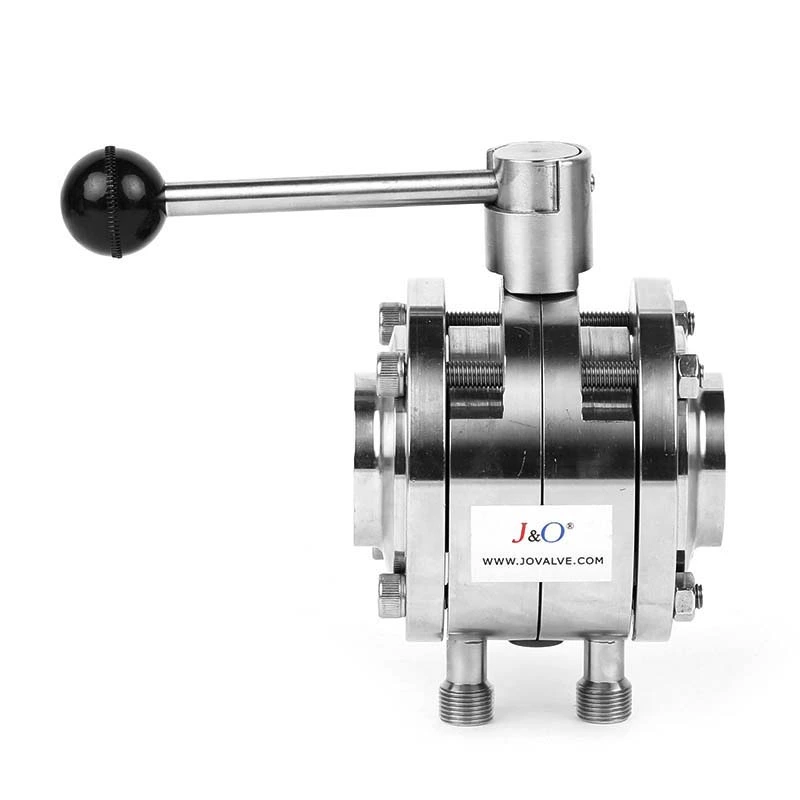Common Problems And Solutions In The Operation Of Pneumatic Butterfly Valves
Sanitary Butterfly Valve plays an important role in our lives. It uses a circular butterfly plate to rotate with the valve stem to open and close, thereby realizing the opening action. Pneumatic valves are mainly used as isolation valves, and can also be designed with adjustment functions or both. At present, butterfly valves are increasingly used in low-pressure large and medium-diameter pipelines.
Pneumatic butterfly valves are usually a combination of pneumatic actuators and valve bodies, and there are some accessories for installation and debugging. This article mainly introduces the precautions in the use of pneumatic butterfly valves. Let's take a look with the editor.
1. After automatically switching to manual state, the switch will not return to automatic; due to the excessive force used by the on-site operator and the excessive clutch, the internal gear is stuck and cannot be automatically retracted.
Solution: When pulling the clutch, turn the handwheel back and forth to release the internal turbine so that the hand can switch automatically (when automatically switching the hand, the yellow clamping sleeve must be pulled).
2. The control cabinet sends a signal indicating that the valve is not working. After on-site observation, the pneumatic regulating butterfly valve is equipped with a solenoid valve on the premise of installing a positioner. The strong electrical interference of the solenoid valve reaches the signal output of the control cabinet, and the valve does not receive the signal. Cannot work properly.
Solution: Remove the solenoid valve and remove the strong electrical interference equipment. (Note: The function of the solenoid valve is to switch the valve. The function of the positioner is to control the opening of the valve through a 4 to 20 mA signal, so it is installed. If necessary, there is no need to install the solenoid valve. There is a positioner).
3. The valve works normally, but the feedback is always in a 100% state. The groove is known to the on-site wiring personnel. The wire on the site is a thick wire. The hardness is not very convenient. It caused the screw to fall off, and the wiring personnel directly removed it. Tighten the long screw to tighten the module, resulting in a short circuit.
Solution: Replace the regular screw type; it is recommended to use a thin wire instead of the connected wire.
